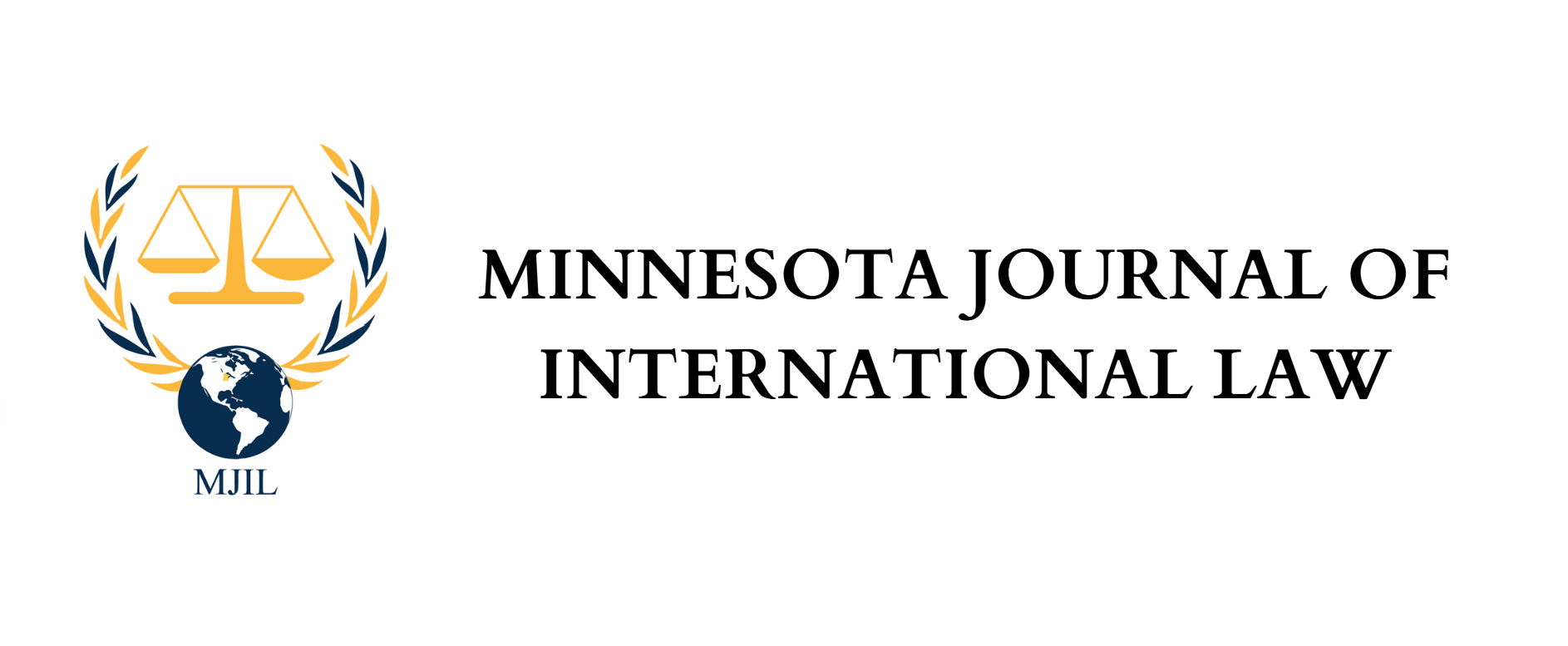Weichen Wang, Managing Editor:
 On Sunday, October 4th, 2015, the 12 signatory countries to the Trans-Pacific Partnership (TPP) announced conclusion of negotiations which have already lasted for 8 years. This is newsworthy to media around the global, since it constitutes an important step towards the success of a major U.S.-led initiative that aims to create an international trade agreement between 12 Pacific Rim countries (the other 11 being Australia, Brunei, Canada, Chile, Japan, Malaysia, Mexico, New Zealand, Peru, Singapore, and Vietnam). The TPP is historic, far-reaching, ambitious, and, as can be expected for such a big deal (pun intended), not without contention within both member and non-member countries.
On Sunday, October 4th, 2015, the 12 signatory countries to the Trans-Pacific Partnership (TPP) announced conclusion of negotiations which have already lasted for 8 years. This is newsworthy to media around the global, since it constitutes an important step towards the success of a major U.S.-led initiative that aims to create an international trade agreement between 12 Pacific Rim countries (the other 11 being Australia, Brunei, Canada, Chile, Japan, Malaysia, Mexico, New Zealand, Peru, Singapore, and Vietnam). The TPP is historic, far-reaching, ambitious, and, as can be expected for such a big deal (pun intended), not without contention within both member and non-member countries.
TPP is by nature a multilateral free-trade agreement, and its ultimate goal is to promote economic growth on a global scale. But it is by no means purely economic: it is informed by political considerations at the inception, accompanied by political criticism during negotiations, and will, no doubt, be followed by political implications were it to be in full force.
What is in the TPP
The 30-chapter agreement covers a wide range of international trade issues including reduction of tariffs (especially for agricultural products and automobiles), rules of origin for determination of customs, promotion of cross-border investment and financial services, protection of intellectual-property right, guarantees for the free flow of information on the Internet, wildlife conservation, online commerce, and dispute settlement for multinational corporations. See the Office of United States Trade Representative’s summary of TPP here.
Reactions within the U.S.
There were voices of protest right from the start, and the criticism seems to intensify now that TPP is on its way to gain Congressional approval. The political atmosphere at the top looks quite stormy, with the left insisting the TPP equates shipping jobs overseas or allowing “evil” multinational corporations to escape existing state regulations, and the far right also opposing in principle to further opening up to international trade, while other members of the right matching President Obama’s enthusiasm in the promotion of the agreement. See generally this report from the Washington Post Report.
It looks like mass media is aiming for a more neutral presentation, but bloggers associated with them tend to be concerned and worried about issues such as augmented corporate power and inadequate IP rights protection. In various intellectual online communities, the theme is definitely more negative than positive, with some going as far as suggesting the deal is a hardly-disguised effort by Big Business to gain profit at the expense of the working people and democracy. See, for example, the scathing attack here.
China’s Response and Europe’s Opportunity?
As a country with a long Pacific coastline, China is noticeably missing from the TPP member countries. The consensus on both sides (the U.S. and China) seems to be that this absence is a deliberate choice by the United States to curb the (economic and political) “rise” of the second largest economy in the world, which, in turn, assuages the fear of China’s increasing prowess by other Asian countries (Japan, in particular). From there on, it becomes a game of politics and strategies.
Chinese opinion pieces published on influential news websites provide a good summary of several responses both from the Chinese perspective and by other foreign media. They first point out that China will not be the only country which stands to lose from not being included in the TPP – apparently news agencies in India and Bangladesh have voiced their concern – and in the case of India, even calling the TPP “a ticking bomb.” Apparently Europe hasn’t been entirely happy about the TPP, either. The European Union’s trade deal with the United States (known as the TTIP) is somewhat under pressure due to the relatively smooth progression of the TPP.
A Russian news agency in one of its articles spelled out the three possible “solutions” that China has: 1) collaborate with European countries to limit the impact of the TPP; 2) collaborate with BRIC (Brazil, Russia, India and China) countries; and 3) exerts its own economic influence by forming alliances of its own with other developing countries such as those in Africa. The first approach is cited with approval in a recent update by the Chinese Ministry of Commerce, raising the likelihood of it becoming true in the future.
The opinions in China generally call for a calm and reasonable approach, with some suggesting that missing out on the TPP can be beneficial since the developing giant won’t be subject to difficult-to-achieve standards and be allowed the freedom to formulate its own strategies. See for example.
Conclusion
As can be seen from even a cursory glance, the TPP is a movement beyond economic considerations. The political controversies both internally in the United States and externally out in the global community complicate this mega free-trade agreement, and any future developments are worth our attention.
